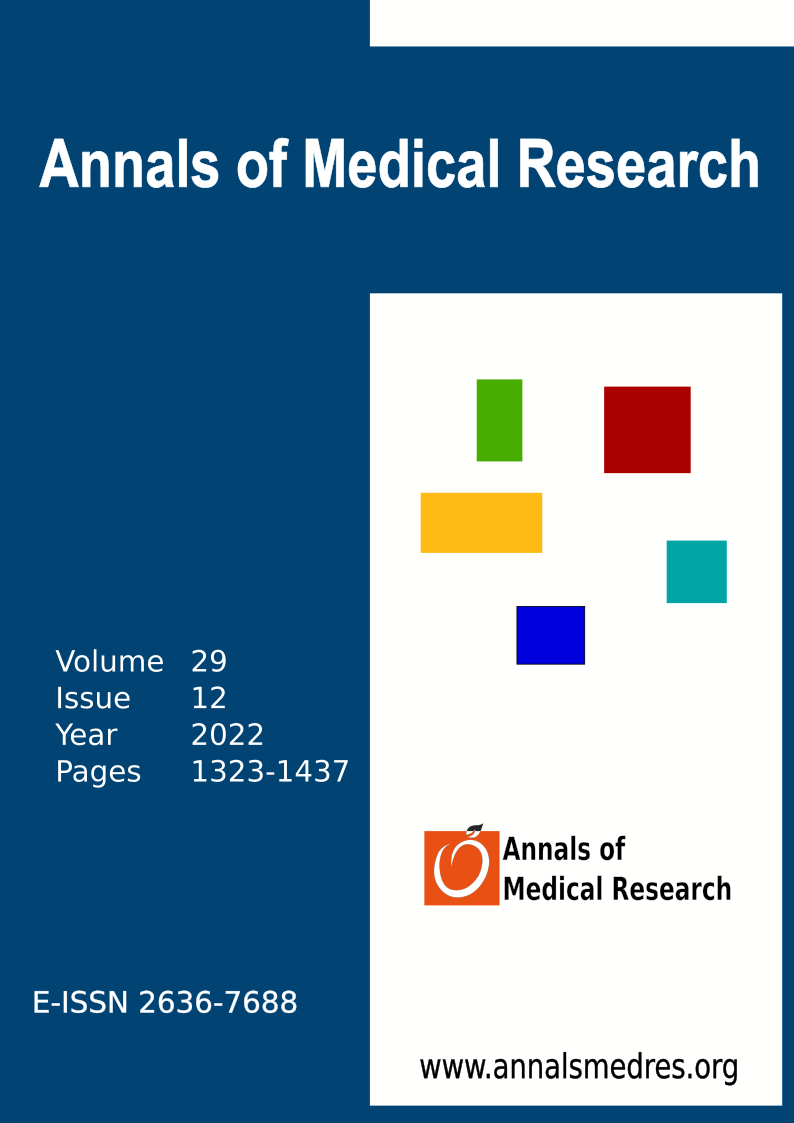Colorectal sessile serrated lesion and synchronous neoplasm or polyps: An update and critical assessment analysis of 167 consecutive cases undergoing total colonoscopy and found 343 polyps
Keywords:
Sessile, Serrated, Lesion, Polyp, Synchronous, CarcinomaAbstract
Aim: Sessile serrated lesions (SSL) have the potential for malignant transformation into colorectal carcinoma (CRC), which develops via the serrated pathway of carcinogenesis.
Materials and Methods: Based on colonoscopy and pathology reports, all sessile serrated lesions or polyps in the risk screening group were studied at an urban medical research center between July 2018 and July 2022. We prospectively included consecutive colorectal polyps classified as hyperplastic polyp (HP), sessile serrated lesion (SSL), traditional serrated adenoma (TSA), unclassified serrated adenoma, and synchronous neoplasm or polyp.
Results: During the 48-month study period, 167 cases of sessile serrated lesions or polyps were diagnosed. In the study, 97 (58.1%) of the patients were male, 70 were female (41.9%), and the mean age was 59.74 (± 11.1). Hematoxylin-eosin preparations were available for complete analysis for 226 SSL, and 117 had synchronous adenomatous polyps or carcinomas. Approximately 88.1% of all polyps were ≤10 mm or less in diameter. There was a significant correlation between polyp size (≤10 mm) and epithelial polyps (p=0.000). In particular, polyps detected in the sigmoid colon with the rectum were relatively larger than in other locations. The sigmoid colon and rectum were the most common locations for sessile serrated lesions in our study. There was a significant association between epithelial polyps and anatomical locations (p=0.000). The distribution of all epithelial polyps was as follows; HP was the most frequently observed epithelial polyp with 57.7% (194 polyps), SSL was 6.8% (23 polyps), and TSA was 2.1% (7 polyps), unclassified serrated adenoma was 0.6% (2 cases), synchronous conventional was seen in 31% (104 polyps) of SSL or polyps, and carcinoma with polyps was detected in three (0.9%) cases.
Conclusion: Hyperplastic polyps are the most common sessile serrated lesions, and synchronous conventional tubular adenomas were most commonly accompanied by hyperplastic polyps. HPs were most commonly observed in the distal colon, particularly in the sigmoid colon and rectum. Future prospective studies using uniform diagnostic criteria and considering clinical outcomes are needed to make accurate decisions regarding surveillance and treatment of patients with serrated lesions.
Downloads
Published
Issue
Section
License
Copyright (c) 2022 The author(s)

This work is licensed under a Creative Commons Attribution-NonCommercial-NoDerivatives 4.0 International License.
CC Attribution-NonCommercial-NoDerivatives 4.0






